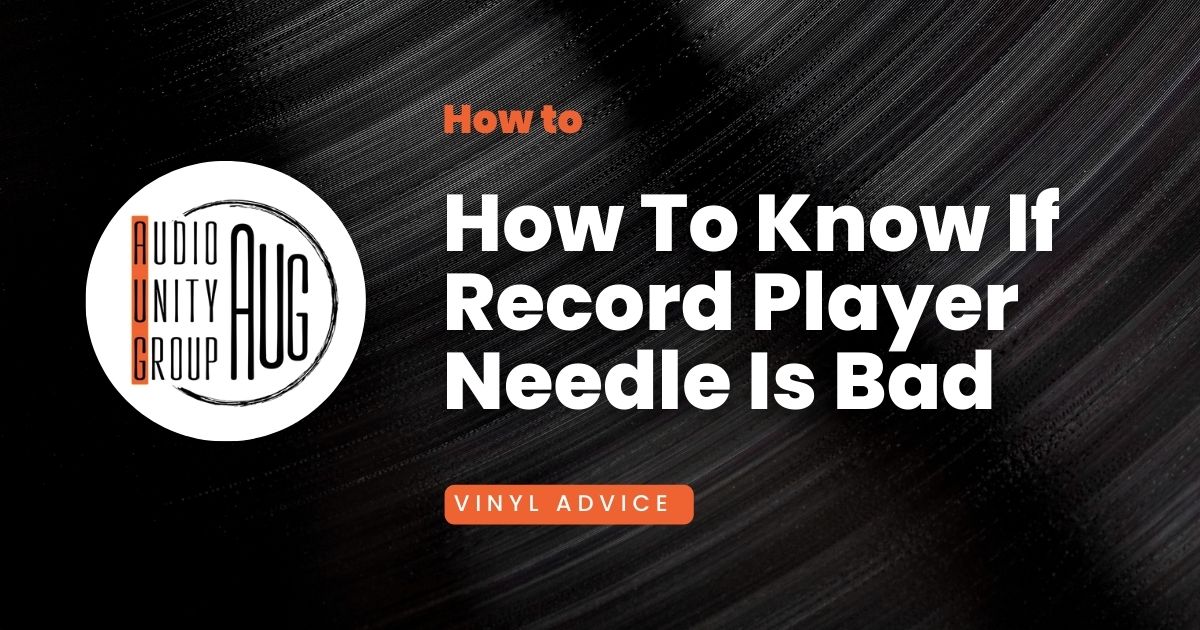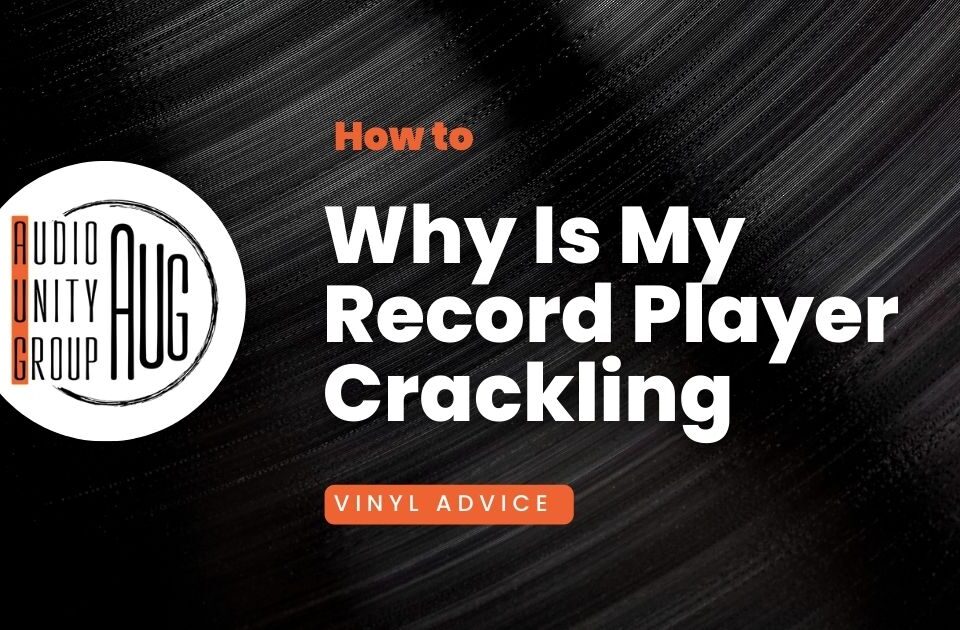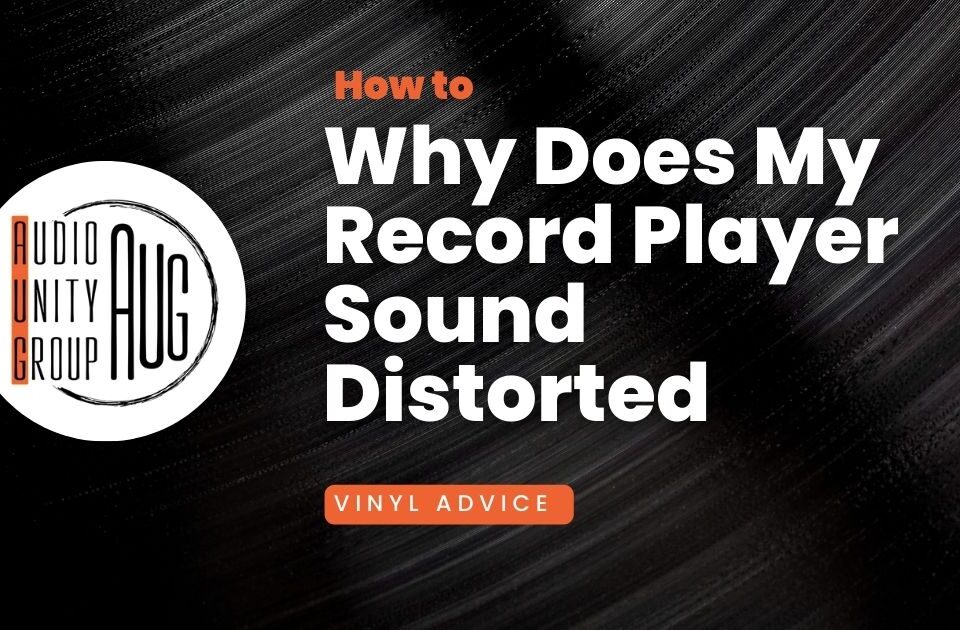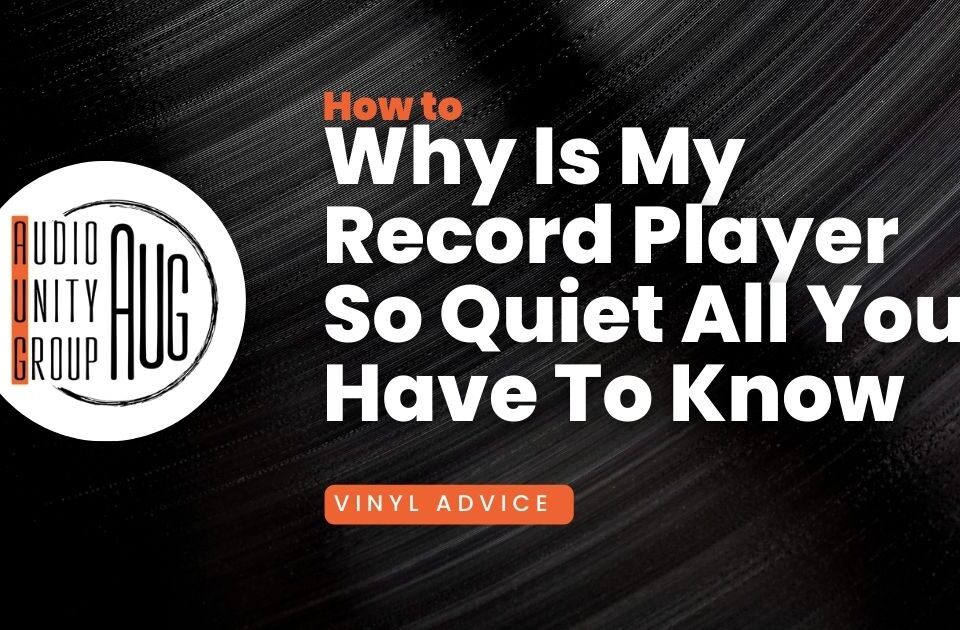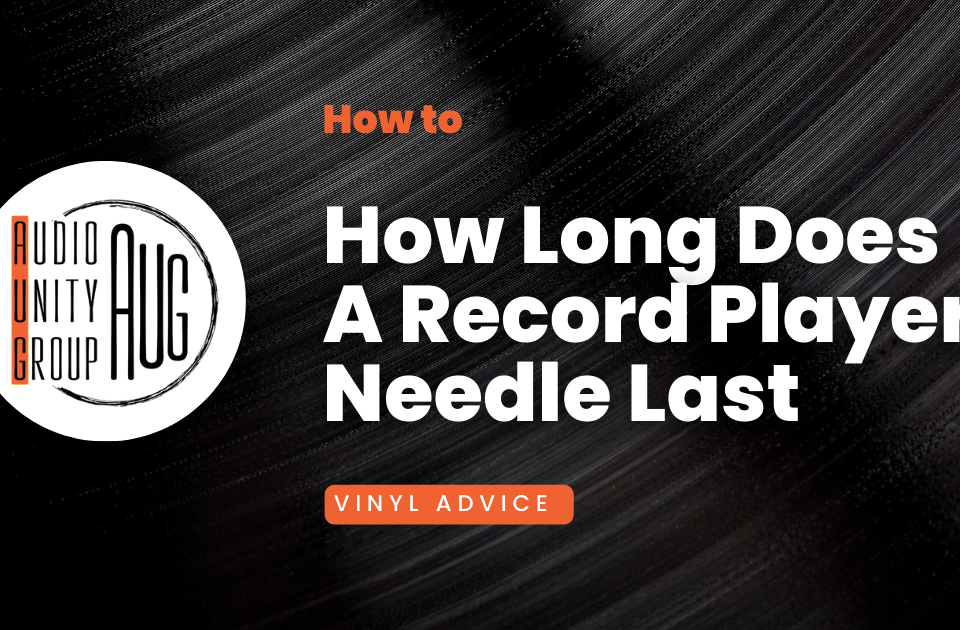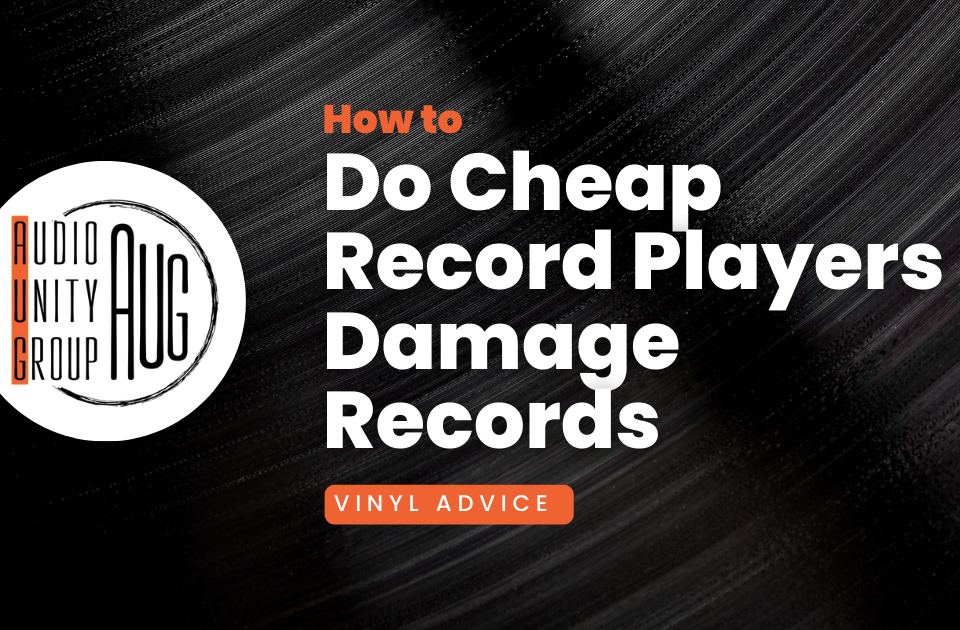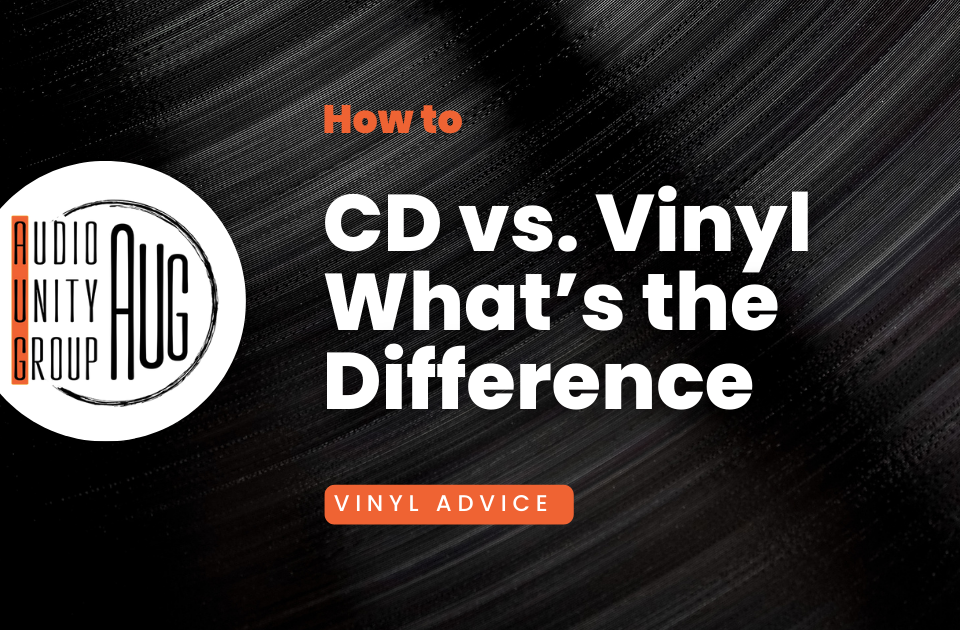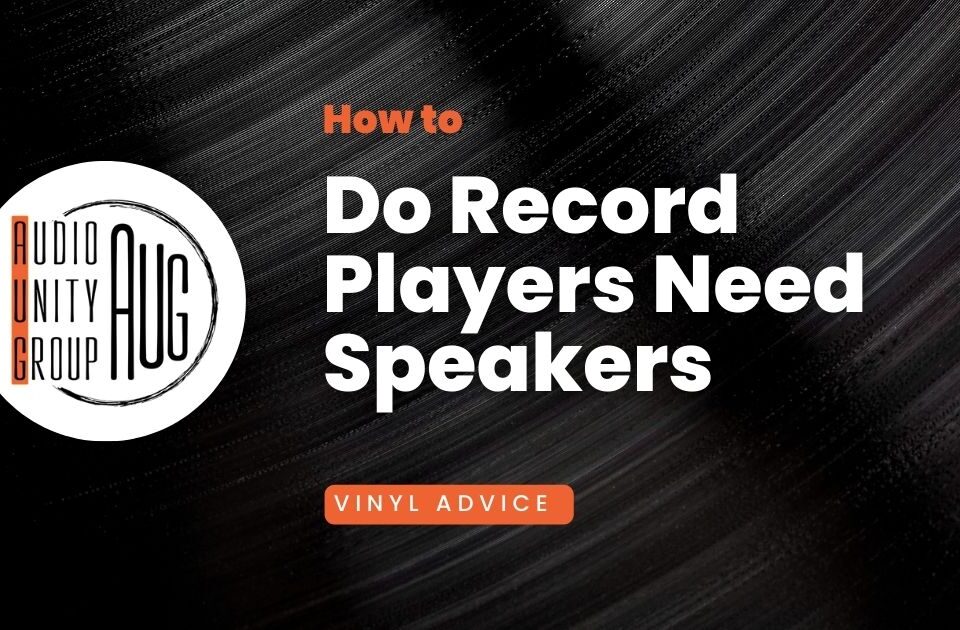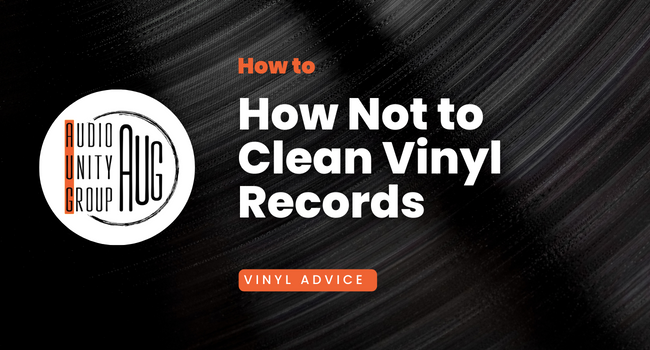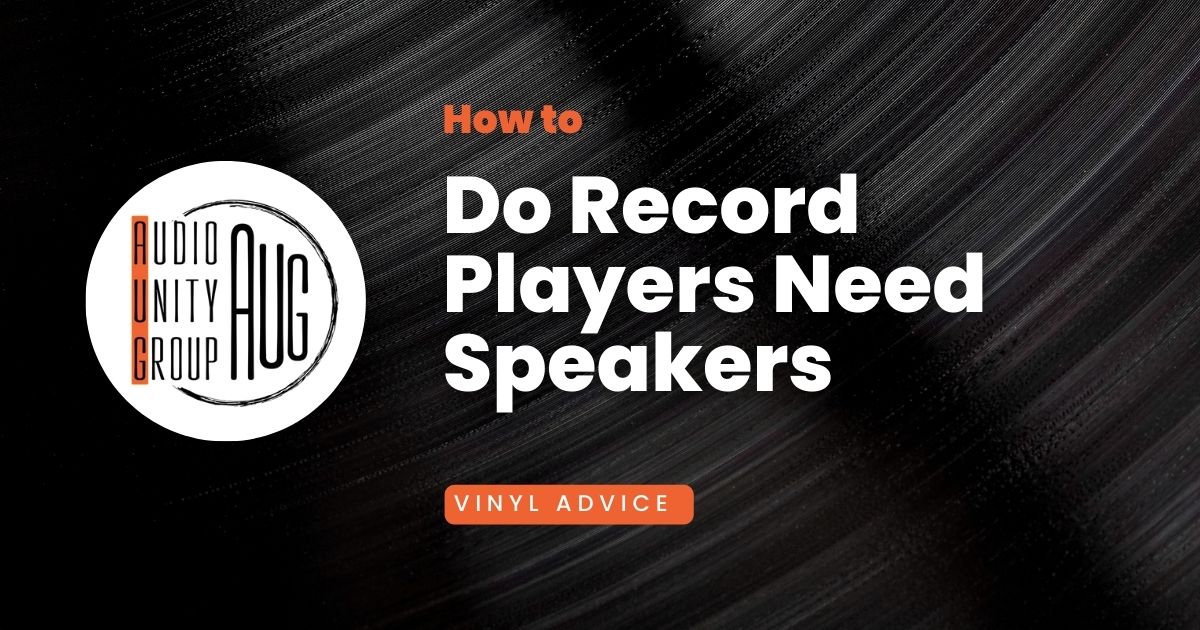
Do Record Players Need Speakers: A Concise Guide
May 13, 2023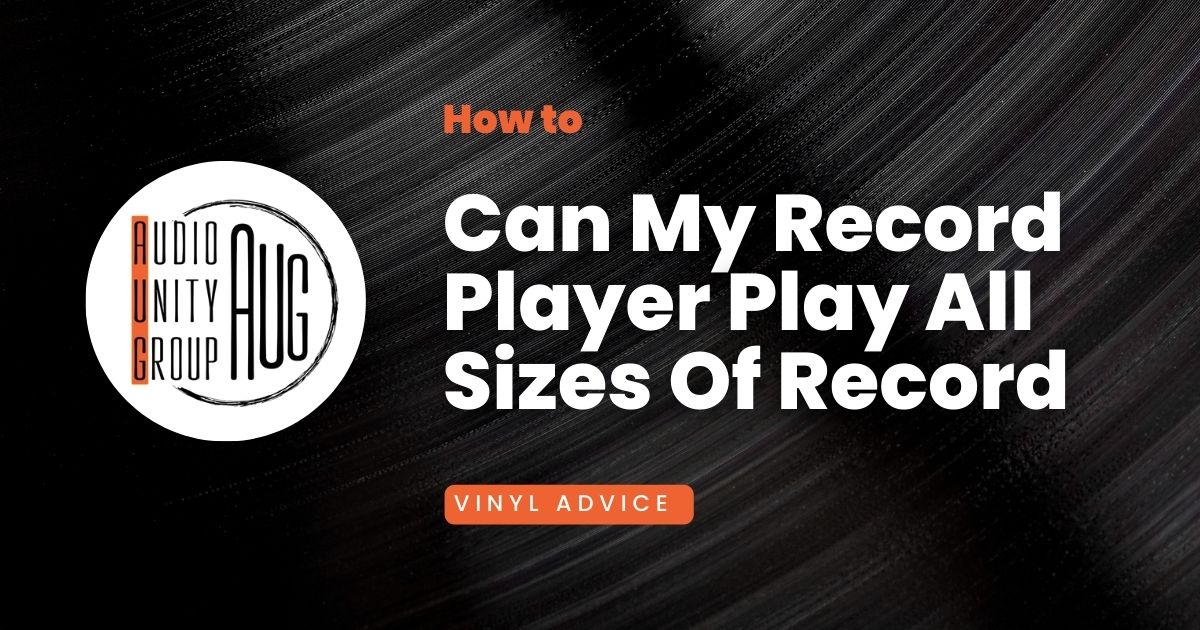
Can My Record Player Play All Sizes Of Record: The Answers
May 28, 2023Last Updated on June 10, 2023 by Tom S. Ray
Are you worried that your record player’s needle may no longer be working properly?
Well, don’t worry — this blog post will help you determine if the needle needs to be replaced.
Knowing how to tell when your turntable needle is bad is essential for getting great sound out of your vinyl records.
We’ll go over signs of a bad record player stylus and what a bad needle looks like, as well as answer questions about replacements and more.
Key Takeaways
- A bad needle can cause poor sound quality, skipping and jumping when playing records, as well as physical damage to them.
- Visual inspection and sound testing are two methods of determining if a record player needle needs replacing.
- Signs of wear on the stylus tip such as discoloration or chips in the diamond can indicate that it’s time for a replacement.
- Reducing tracking force and keeping the cartridge clean may help prolong its lifespan, with an average estimated at 1000 hours of use before needing replacement.
Signs Of A Bad Record Player Needle
Main signs of record player needle needing replacement.
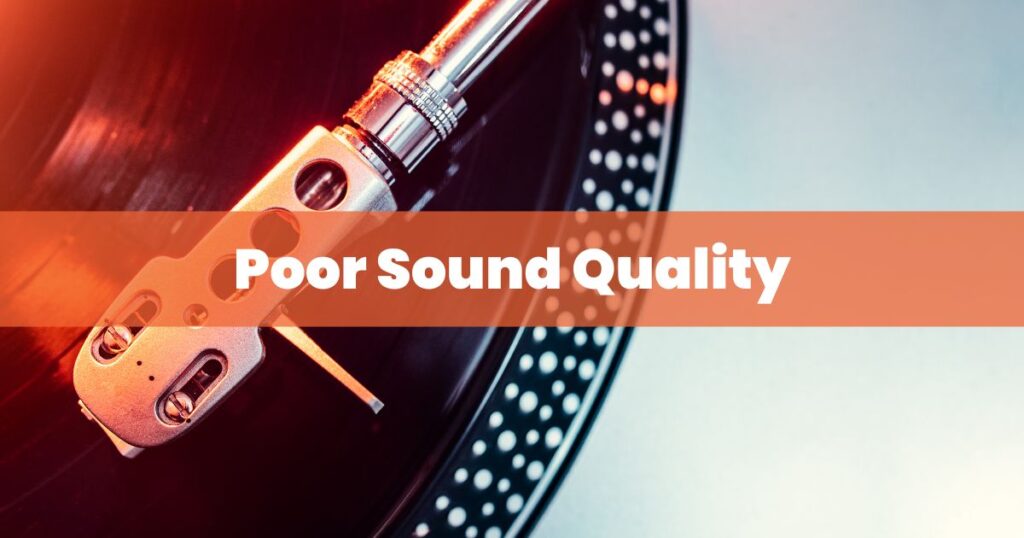
Poor Sound Quality
When listening to music on an old record player, it is essential to be aware of the negative effects a bad record player needle can have.
A bad or worn stylus can clearly lead to poor sound quality and cause distortion in the audio output that may not be detected by the average listener’s ears alone.
Age is one of main contributing factors for a faulty turntable needle; overtime wear slowly damages materials which culminates into rapid deterioration like jumps, skips or cracks in records if left untreated.
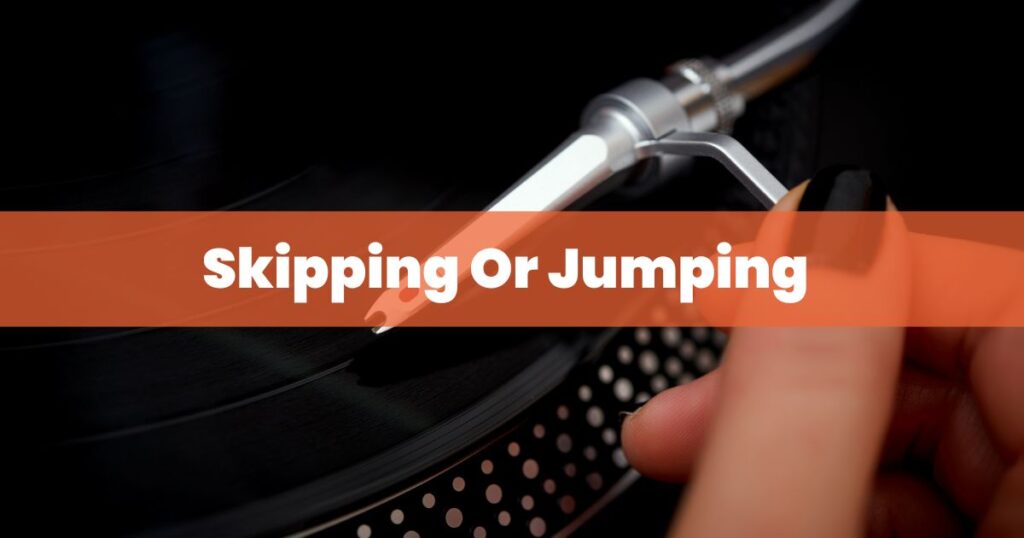
Skipping Or Jumping
When a needle is worn out or incorrectly set up, it can cause a record to skip and jump.
The most common causes of this are things like an old, worn-out stylus, incorrect tracking force settings on the tonearm (the arm that holds the needle) and damage to the grooves of the record itself.
By adjusting your tracking force or replacing a damaged stylus you can help prevent skipping or jumping when playing vinyl records.
When setting up your turntable, some manufactures recommend tracking between 1-3 grams in order to avoid unnecessary wear and tear on your records and needles.
Keeping your cartridge clean will also help reduce skipping as any dust particles can disrupt playback when they come into contact with the needle head.
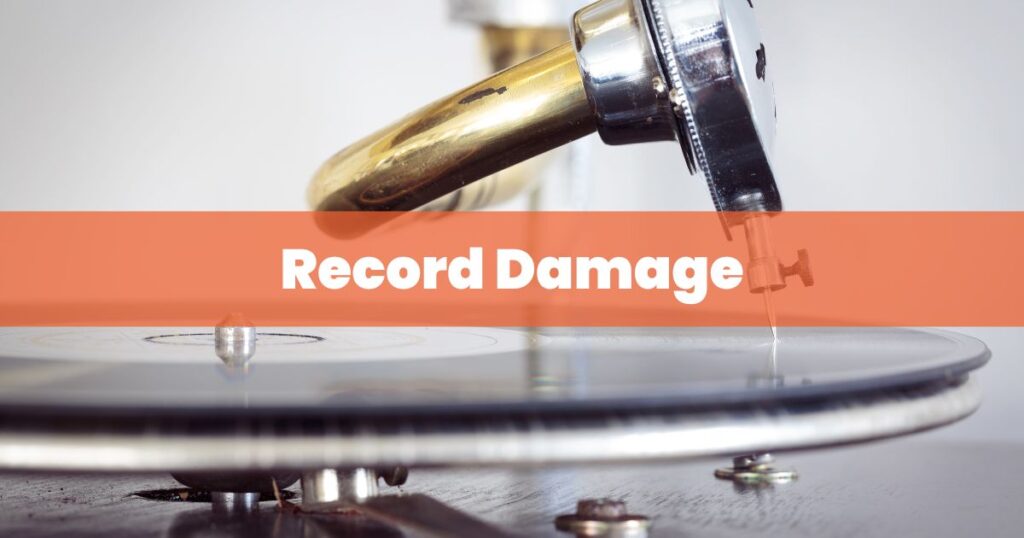
Record Damage
As the stylus vibrates during playback it may cause scratching which reduces sound quality, causes skips and jumps during playback as well as other artifacts in the audio such as unwanted background noise.
To prevent permanent damage to your precious vinyl collection make sure you inspect your turntable needles regularly for wear and tear with a magnifying glass.
How To Test The Record Player Needle
A visual inspection with a magnifying glass and sound testing are the two methods of testing to determine if your record player needle is bad.

Visual Inspection With A Magnifying Glass
In order to determine if a turntable needle or cartridge needs to be replaced, you can perform a visual inspection.
This is often the first and most obvious step in determining whether your record player stylus needs replacing.
With the help of an appropriately scaled magnifying glass, it’s possible to have a closer look at your needle for cracks, damage or any signs of wear.
When handling the needle during this process, make sure not to touch the diamond tip itself and use gentle movements as much as possible.
It’s worth noting that age might also play a role in telling if your record player needle is due for replacement; even without visible cracks or external damage, after many hours of playing vinyl records over time, needles will begin to deteriorate and may start producing static sound when playing records depending on how worn they are.
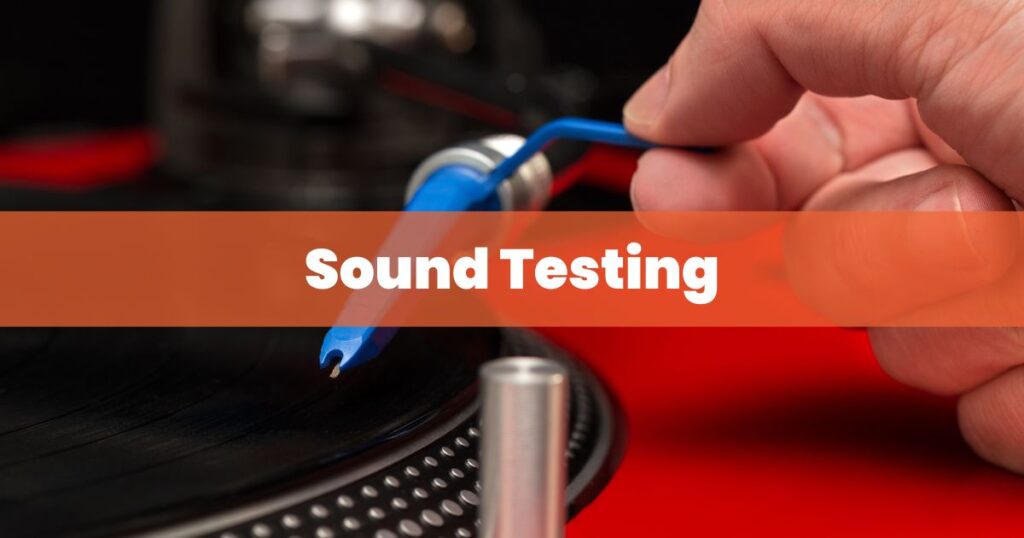
Sound Testing
Sound testing is a great way to determine if your record player needle needs replacing. To conduct this test, you will need a good quality turntable and loudspeakers.
Begin by playing an LP that doesn’t have any scratches or damage on the surface of the vinyl disc itself.
Listen out for any signs of distorted sound coming from the speakers – as soon as you hear it, stop the record with your finger and check for any visible clues which might be contributing to poor sound quality.
If there aren’t any obvious issues with either side of the LP, then proceed to increase volume on both sides and play several tracks consecutively at full volume – listen attentively during each track for skips or jumps in playback which could signify that your needle’s cantilever grip has become loose over time or simply damaged due to too much playing time.
If you notice either problem whilst conducting this sound test, then it’s likely time for a replacement stylus.
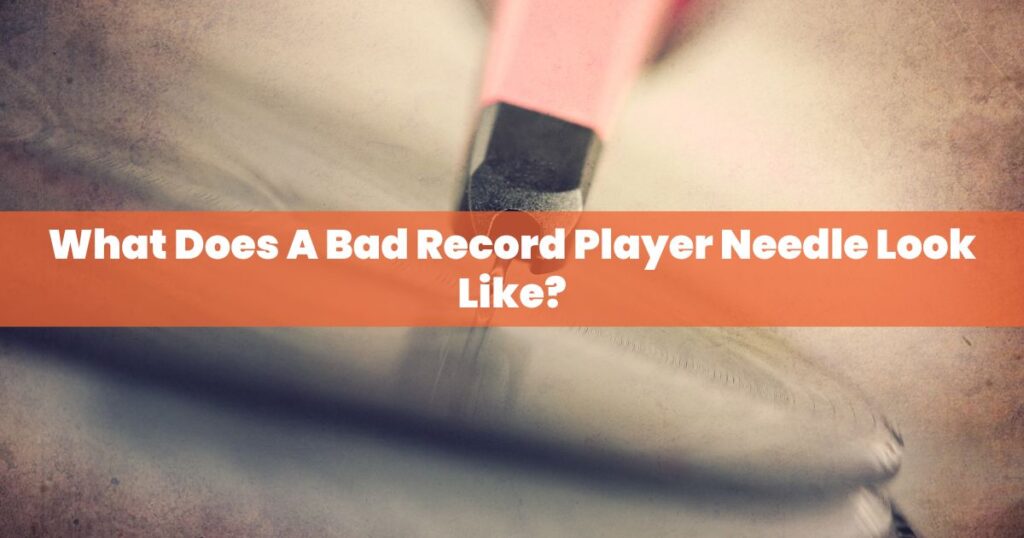
What Does A Bad Record Player Needle Look Like?
A bad record player needle will have physical signs of wear and tear like discoloration, chipped tips, or dents. If the needle is bent or broken at the tip, this can affect its playing capabilities and cause it to skip when playing a record.
Discoloration along the shaft of the needle is an indication that it has aged over time and may need to be replaced with a new one.
On closer inspection under magnification you might notice scratches on the diamond tip itself – usually grooves that cut into their surface rather than deep gouges where bits have worn away – which are tell-tale sign that you need to either clean or replace your stylus depending on how severe they are.
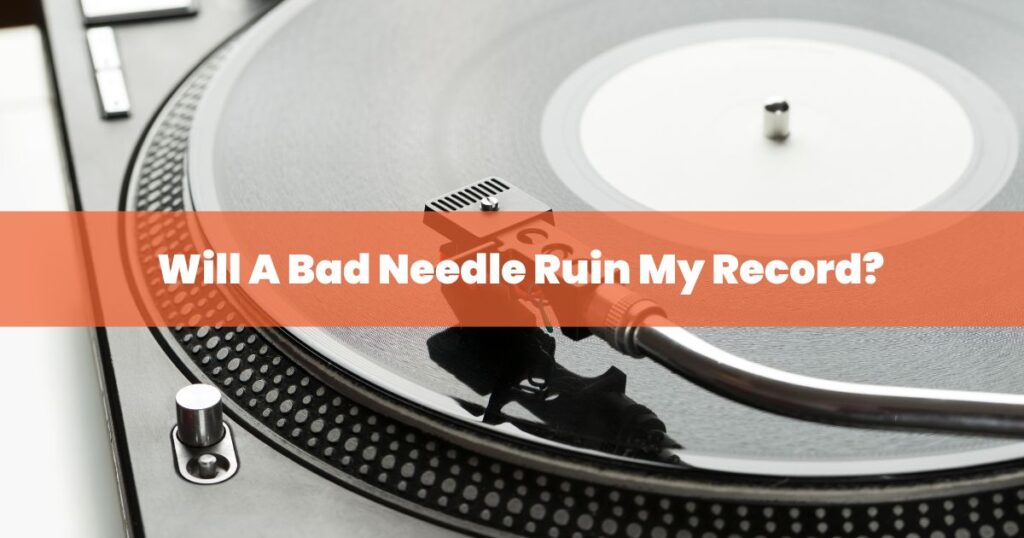
Will A Bad Needle Ruin My Record?
The short answer is, yes. A bad needle will not only ruin the sound quality of your records but may also result in physical damage to them. A damaged stylus on a record player or turntable can cause visible cracks and scratches in vinyl that render the records unusable.
The grooves on a record are incredibly delicate and even minor contact with a worn needle can destroy them permanently.
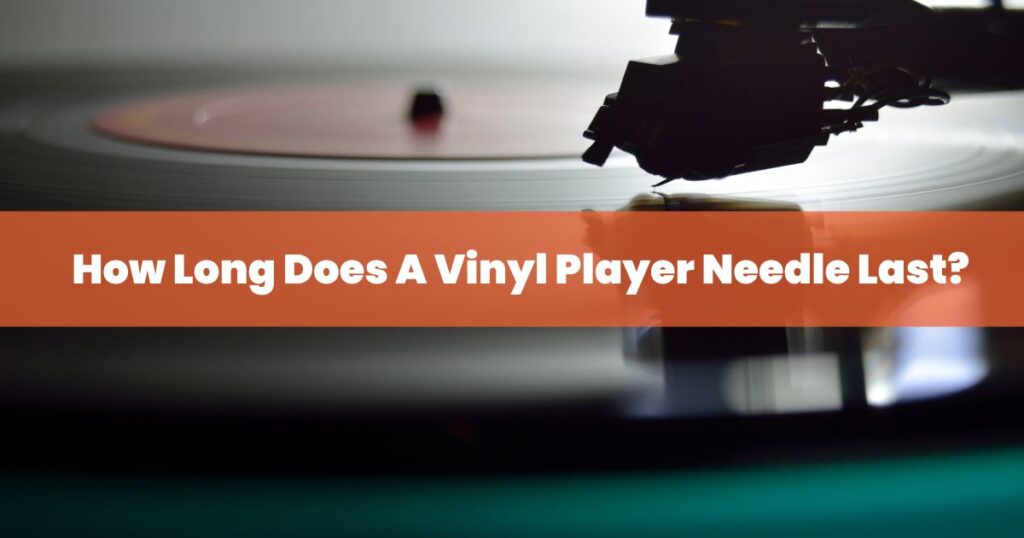
How Long Does A Vinyl Player Needle Last?
The lifespan of your turntable needle can vary greatly, depending on its frequency of use and the quality of the needle itself. On average, it is estimated that an audio-technica AT95 stylus used with a hi-fi turntable may be able to last anywhere from 100 to 1000 hours.
However, if you’re playing vinyl regularly or experimenting with scratch records this number could be a lot lower. Poor maintenance and heavy usage are two primary factors in shortening the life span of your cartridge headphones as these result in unnecessary wear and tear on both the cantilever and record grooves which can cause irreparable damage when not handled properly.
All in All
It’s important to recognize the signs of a bad record player needle and maintain it regularly for an enjoyable listening experience. If any irregularities in sound quality, skipping or jumping occur, or if you notice physical damage on the records after playback, then it may be time to replace your record player needle.
Before replacing it though, it’s best to inspect it with a magnifying glass and perform some sound testing just to make sure that there isn’t some dirt trapped between the stylus and groove causing unwanted sounds.
Thanks for reading.
Tom
FAQ
How can I tell if a turntable needle or stylus is bad?
The following signs can indicate that your turntable needle or stylus is bad: poor sound quality, distortion, skipping, poor tracking, or visible damage to the needle itself. Additionally, if your record collection is starting to sound degraded or if you’ve recently purchased a used turntable, it may be time to replace the needle.
What does a bad stylus sound like?
A bad stylus may produce distorted audio, reduced sound quality, muffled or unclear treble and bass, and increased surface noise. These issues can lead to a less enjoyable listening experience and may damage your record collection over time.
How often should I replace the stylus on my turntable?
Most turntable manufacturers recommend replacing the stylus every 1,000 to 2,500 hours of playtime. However, this guideline can vary based on the quality and type of stylus and how well it is maintained. It’s essential to keep your stylus clean and replace it when needed to protect your records and maintain sound quality.
Can I replace just the stylus, or do I need to replace the entire cartridge?
In many cases, you can simply replace the stylus without needing to replace the entire cartridge. However, if the cartridge goes bad or is outdated, you may need to replace the whole cartridge. Before you replace any component, consult your turntable’s user manual or check with the manufacturer for specific replacement guidelines.
How can I clean the needle on my turntable?
Cleaning the needle helps maintain sound quality and prolongs its lifespan. You can use a soft brush (such as a stylus brush), a specialized stylus cleaning solution, or a mixture of warm water and mild detergent to gently clean your needle. Brush from the back to the front, following the direction the needle travels along the record groove, and never brush side-to-side, as this can cause damage.
Can a bad stylus damage my record collection?
Yes, a bad or worn-out stylus can cause permanent damage to your record collection. A damaged stylus may have difficulty tracking the record grooves properly, leading to distortion, skipping, and physical damage to the vinyl. Regularly inspect your stylus for wear and replace it when necessary to protect your records and maintain sound quality.
Are there any visual signs that the stylus is bad?
A damaged stylus might show visible signs, such as an uneven or bent needle, or excessive dust and grime buildup. Inspecting your stylus regularly can help you determine if it’s in good condition or if it needs to be replaced.
How do I know if my turntable cartridge is bad?
A bad turntable cartridge can cause poor sound quality, inconsistent volume levels, or channel imbalance. In some cases, an old or damaged cartridge may prevent the stylus from accurately tracking the record grooves. To check if your cartridge is bad, you can test its output using a multimeter or consult a professional for diagnosis and repair, if needed.
When should I replace a bad cartridge?
It’s essential to replace a bad cartridge if it’s causing issues with sound quality, damaging your records, or preventing the stylus from producing optimal sound. Replacing the cartridge is generally a more intensive process than simply changing the stylus, so consult your turntable’s user manual or the manufacturer for specific instructions.
Can I always replace my stylus myself, or should I consult a professional?
In most cases, you can replace your stylus yourself by carefully removing the old stylus and inserting the new one. However, if you are unsure about the process or concerned about damaging your turntable, it’s best to consult a professional or the manufacturer for guidance and support.



